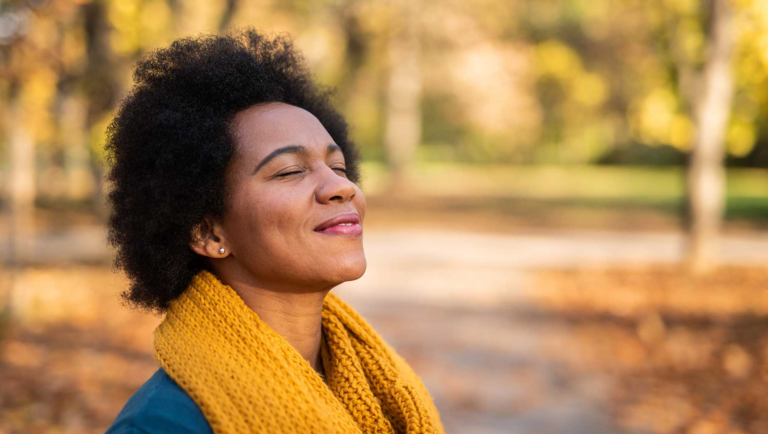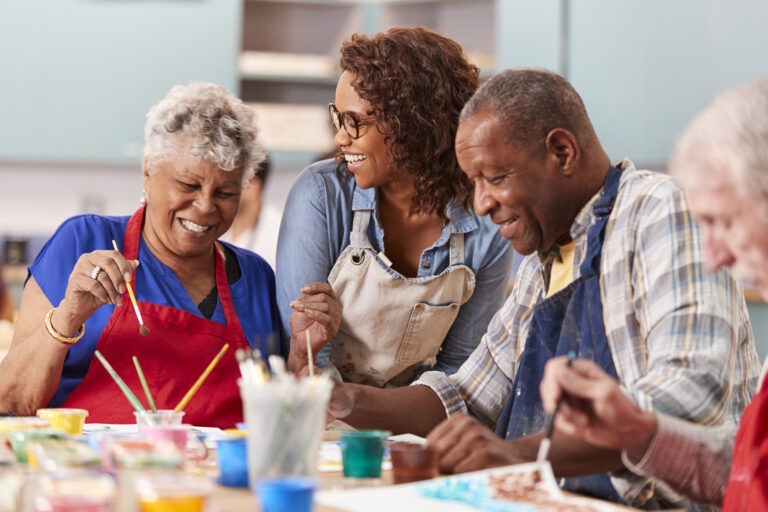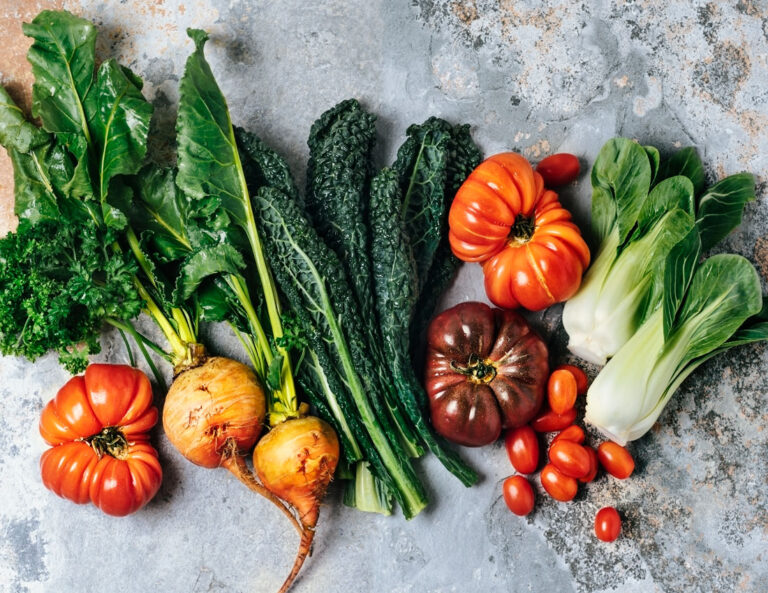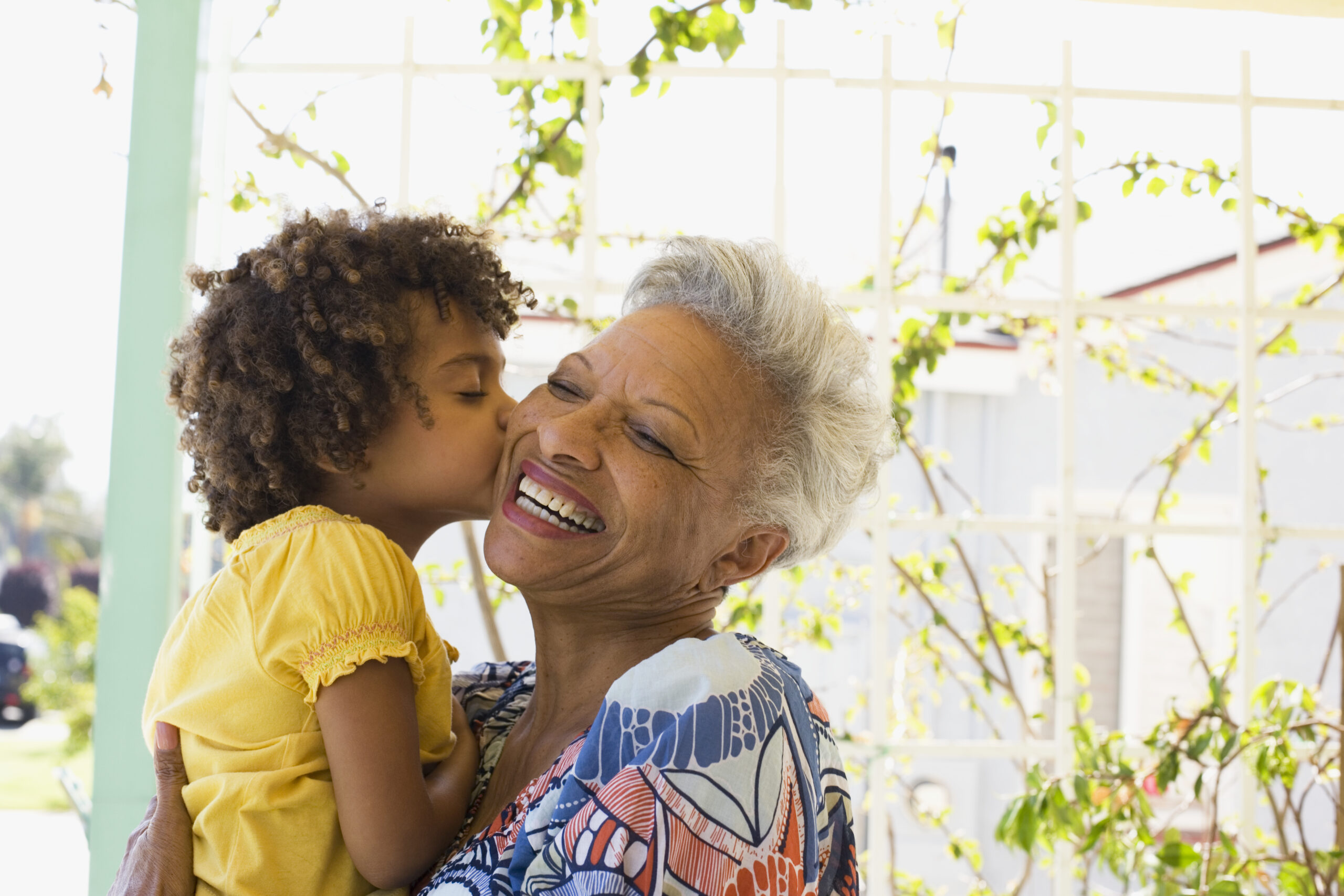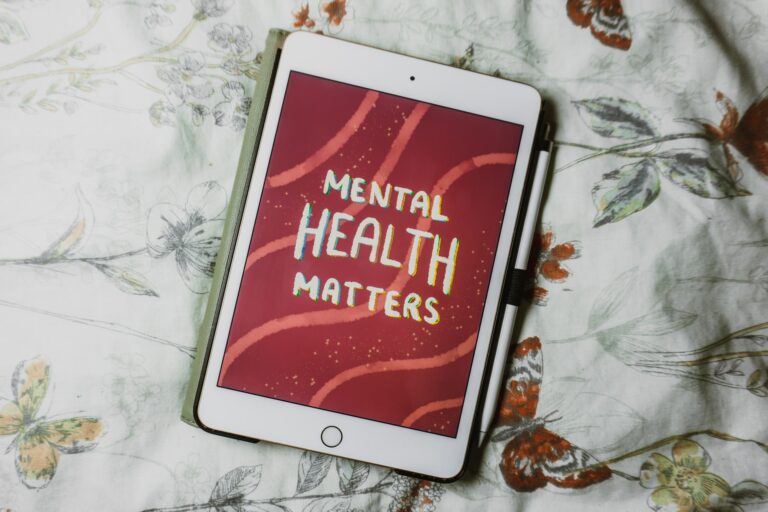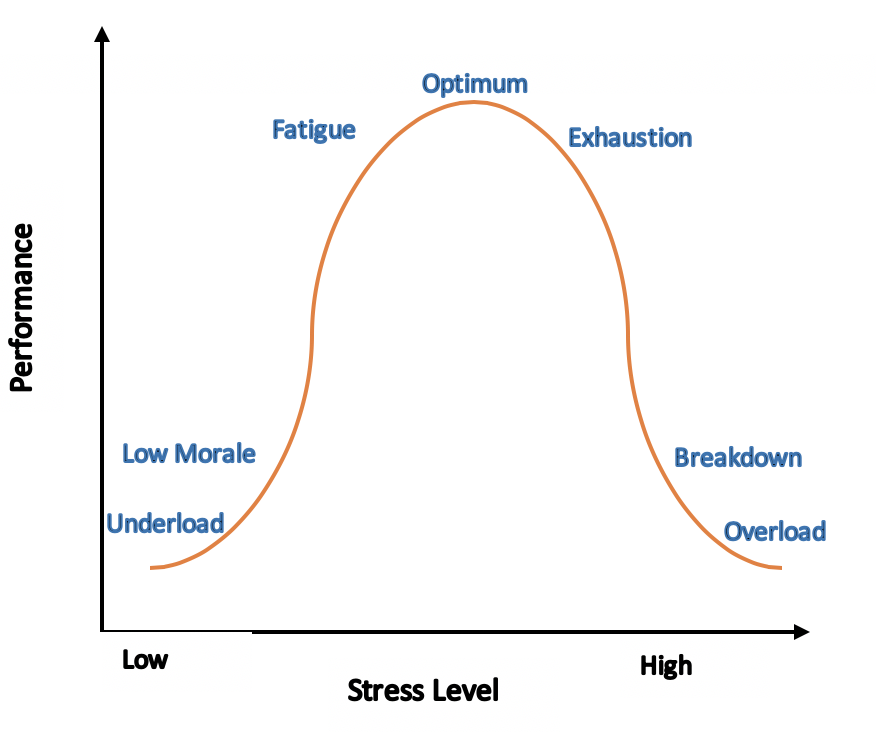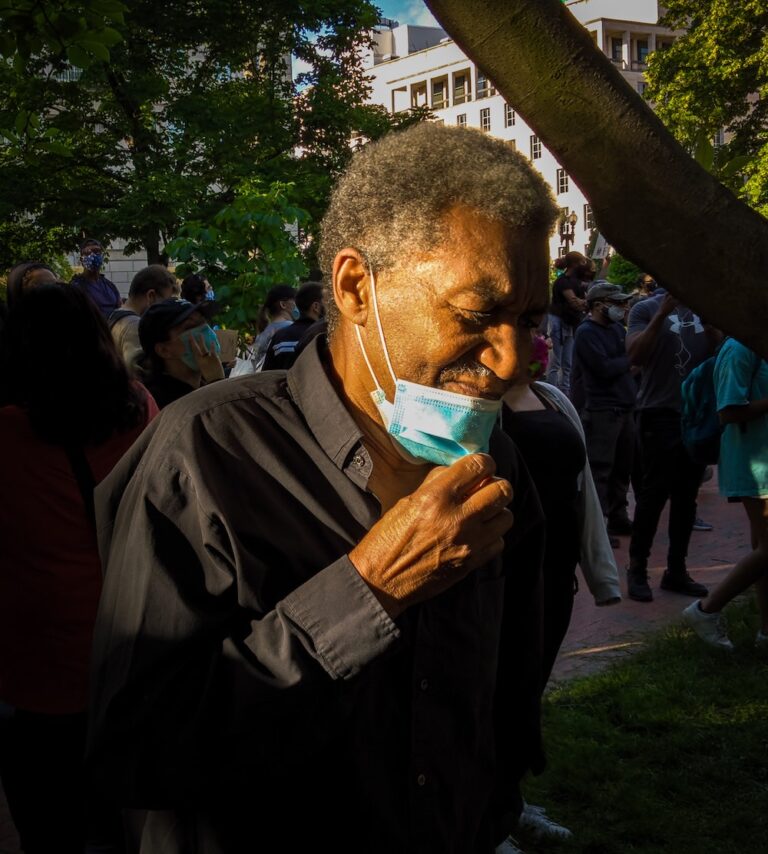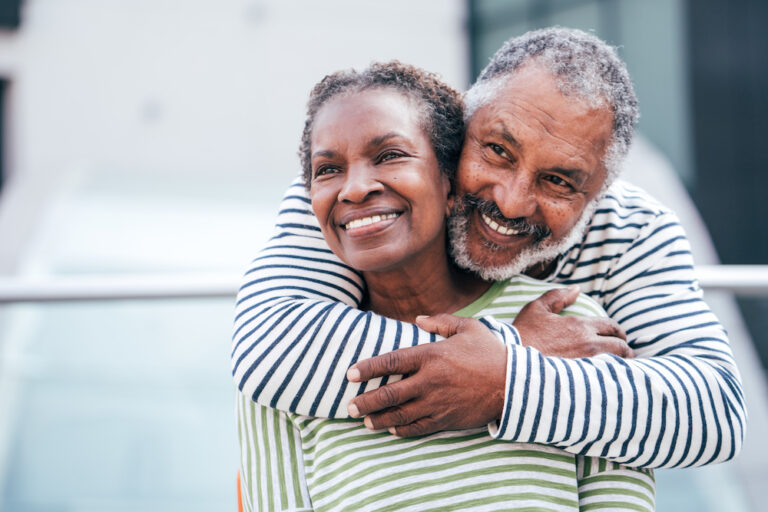Overstimulation: How to Shut Out the Noise
Think back to a time when your heart was racing, and your senses were in disarray. Where your mind, body, and spirit were being swallowed by a dark torrent that refused to let go. You probably asked yourself, “what’s happening to me?” The peace you carried as you were running errands, working out, or simply walking was no longer present and neither — were you. That’s what overstimulation — in other words, sensory overload feels like, and we’re going to show you how to shut out the noise.
Sensory overload is when one or many of your senses become overstimulated. This overstimulation happens because of stressful external stimuli in your environment. Think of it as your brain trying to juggle everything all at once. Two results can happen: your brain can keep juggling until it no longer feels the need to hold onto the extra mumbo-jumbo of the day. Or it can inevitably drop everything forcefully — leaving you exhausted.
Seek Help
One of the first things to do is to seek help from a professional. Many qualified psychologists and occupational therapists have experience treating overstimulation. Techniques like behavioral therapy, and sensory integration help patients engage with the world around them, learning healthy long-term coping mechanisms.
Self Care
Self-care is another extremely important facet of our daily lives when it comes to managing stress. It’s ingrained into much of what we do here at Sage Collective and is vital to our Vibrant Living model. Give yourself permission, and time to rest and recharge. This means setting boundaries, putting down the phone, remote, or laptop and finding something else to redirect your time and attention towards.
Mindful Breathing
Practice mindful breathing, scientific studies have shown that mindful breathing techniques can reduce stress and promote physical and mental well-being. Breathing essentially acts as an anchor that will keep you rooted in place against the aforementioned torrent. Finding the time to stop and take a few breaths has also been proven to release endorphins from the brain to promote a sense of relaxation and calm, give us more energy, release muscle tension and decrease pain.
We urge you to continue to find coping mechanisms and ways to restore balance in this fast-paced world, ones that you’re most comfortable with and can maintain for the long-term. Your inner peace is vital to leading a healthy and vibrant life, one that is full of purpose, and engagement.
